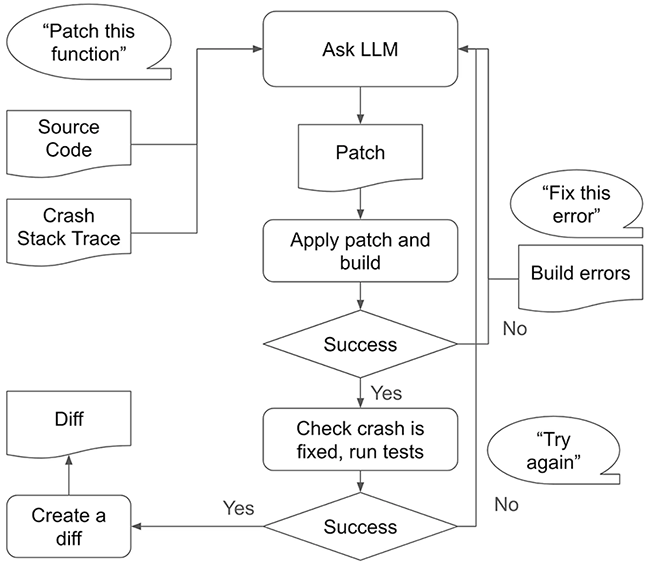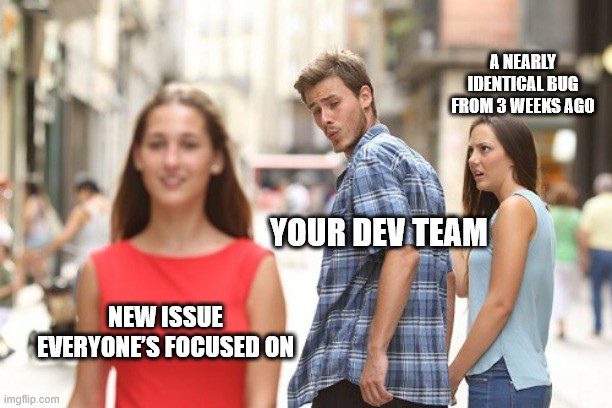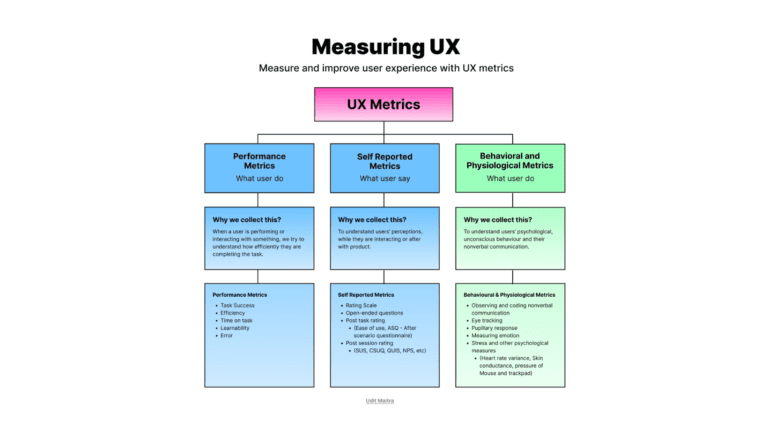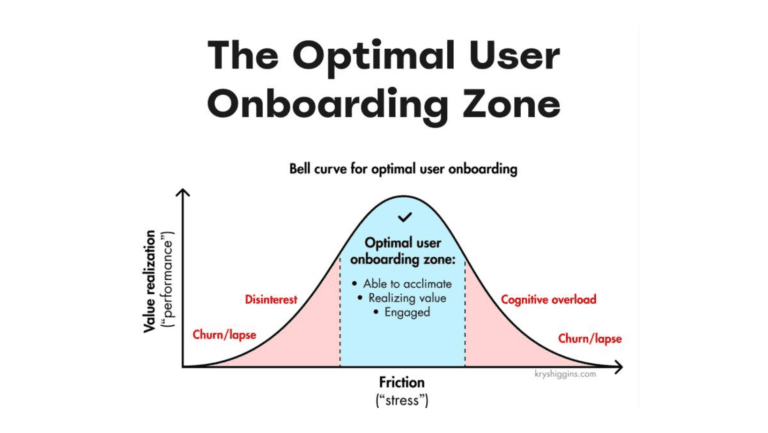From Cost Centre to Compounding Advantage
Why Smart Teams Are Done Treating Bugs Like Just “Tech Debt”
 Most teams still treat bugs like little fires to put out.
Most teams still treat bugs like little fires to put out.
A ticket gets logged. Someone investigates. A fix gets pushed.
Then it’s onto the next one.
But here’s the thing nobody tells you:
Every bug is a chance to get smarter.
And in 2025, the best teams aren’t the ones logging the fewest bugs.
They’re the ones learning the most from every bug they fix.
Bugs Are Annoying. But They’re Also Data.
If your system breaks, that’s not just a problem… it’s a signal.
Old way of thinking:
“Ugh, this is tech debt. Let’s fix it and move on.”
New way of thinking:
“This is a data point. Let’s learn from it.”
- What exactly did the user do before the bug?
- What failed behind the scenes?
- Which line of code caused it?
- And how can we feed that back into the loop so it doesn’t happen again?
Every resolved bug becomes part of a growing feedback system.
And over time, that system starts to work for you.
Quick Reality Check
- 2,077 bugs were automatically fixed by a tool called MultiMend (over 100 of them were complex, multi-part issues)
- Meta’s AutoPatchBench is now training AI on real-world C/C++ vulnerabilities
- Teams that integrate Jira, Jenkins, and Azure DevOps? They see a 35% drop in failed releases
- In 2024, 21% of Salesforce teams had outages caused by bugs. But those with observability were 50% more likely to catch them early, and 48% more likely to fix them the same day
Bottom line:
If you’re still treating bugs as one-off annoyances, you’re leaving a ton of value on the table.
From Patchwork to Playbook
Modern engineering teams are starting to close the loop.
- Feed session context into observability systems
- Feed failure traces into AI models
- Feed patch data into auto-repair pipelines
Each bug makes the next release smarter.
Each fix trains your AI and improves your velocity.
And the more you lean into this loop, the more it compounds.
So What Can You Do?
If you want to move from bug firefighting to bug flywheel, here’s where to start:
✅ Treat session data as training data
✅ Link frontend behavior to backend diagnostics
✅ Keep a record of patches that worked—especially on tricky, multi-hunk bugs
✅ Feed this data into your CI/CD and analytics stack
✅ Start small… but think compounding
And if you’re looking for tools to help close that loop?
Yes, we’ve built GermainUX to make that process easier—from capturing real user sessions to tying bugs directly to code. But more than anything, we just want to help teams stop throwing away the learning that comes with every bug.
When you treat each bug like a dead-end, it costs you time, energy, and momentum.
But when you treat each bug like a data point?
You start building a system that compounds.
Fixes get faster. Releases get safer. Your tools get smarter.
And that’s how you turn what used to be a cost centre… into an advantage



